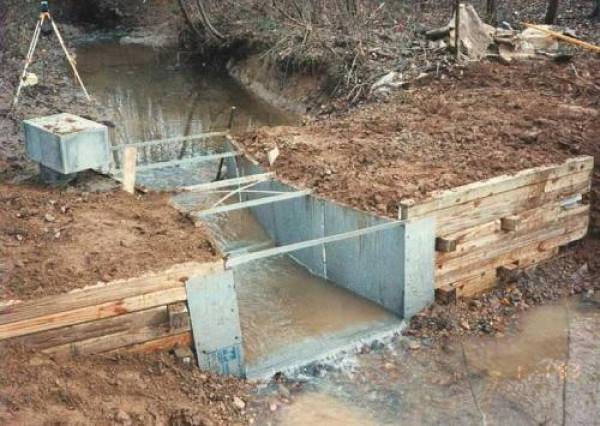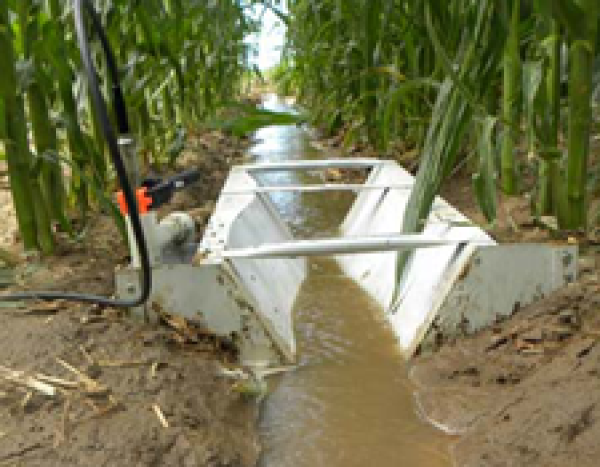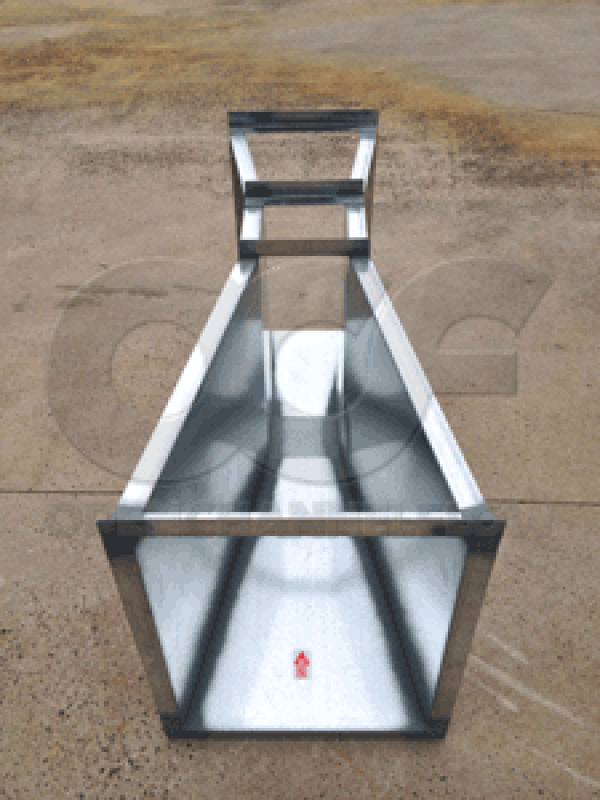This website uses a variety of cookies, which you consent to if you continue to use this site. You can read our Privacy Policy for
details about how these cookies are used, and to grant or withdraw your consent for certain types of cookies.
Flumes: Stopping Flow Bypass / Scour in Earthen Channels
Flumes installed in earthen channels frequently experience the problems of upstream flow bypass and downstream scour.
When flow bypasses the inlet of a flume - either on the sides or under the flume - the flume under-records the actual flow rate. Additionally as flow is bypassing the flume, it is eroding the surrounding channel. Over time the flume will shift out of position, further compromising flow readings or making the installation unusable.
Downstream, scour is always a possibility as energetic flow exits the flume to rejoin the downstream channel. Like upstream bypass, over time down stream scour will erode the surrounding channel, allowing the flume to shift out of place.
One approach to solving these problems is to apply a geotextile skirt to the upstream and / or downstream end of the flume prior to installing it in the field.
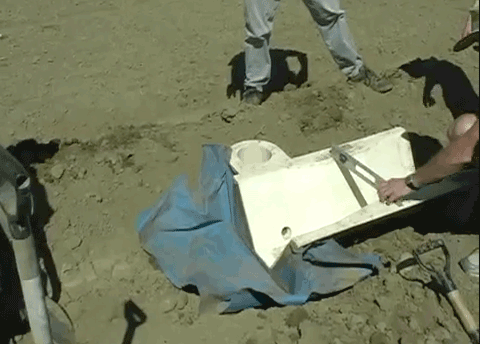
The use of a geotextile skirt can substantially cut down erosion and can be sized to be as large as desired. The skirt is held in place by a stainless steel plate bolted to the end of the flume. The use of the plate allows the skirt to be removable / replaceable and also more evenly spreads the forces securing the skirt in place – making it less likely the textile will rip at a connection point.
If upstream bypass occurs even after the use of the skirt, it may be necessary to excavate the area upstream of the flume and reinforce the channel. Downstream rip rap can be used to armor the channel. As a rule of thumb, downstream riprap protection should extend not less than 4 times the maximum normal depth of the downstream channel, nor less than 5 ft. [1.50 m]. Design details of channel reinforcement can be found in Water Measurement with Flumes and Weirs, ISBN 90-70754-55-X.
Image: California Department of Pesticide Regulation
Related Blog Posts
Explore more insights in our blog.
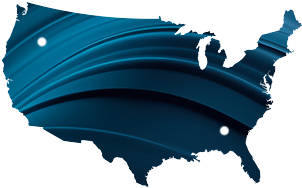
LOCATIONS IN ATLANTA, GA & BOISE, ID


